Florenz
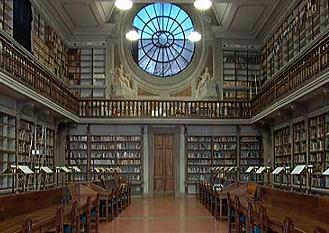
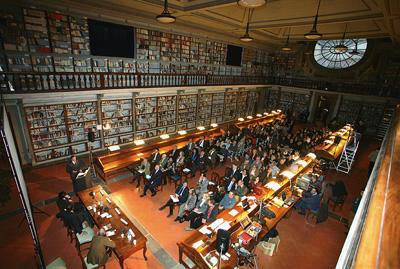


Piazzale degli Uffizi - 50122 Firenze
0
Not everyone knows that in the heart of the Uffizi there is a sumptuous library. Collects the volumes of study and documentation of the painting gallery. 76,000 books, including 470 precious manuscripts as the first and rarest edition of Vasari's Lives, dated 1550. A formidable collection annexed to the Special Superintendency of the Florence Museum Pole and preserved for a long time in the Medici Theater's adjoining rooms next to the Gabinetto Disegni e Prints of the Museum.
Since 1998 the collection has been placed in an equally magnificent container. The hall of the former Magliabechiana library. Antonio Magliabechi was the first house doctor librarian. Scholarly scholar, he managed to collect almost 30 thousand personal volumes. Because of his many interests in every field, he was suspected of heresy by the Inquisition. His personal collection, inherited from the city, constituted the original nucleus of today's National Library.
Curious is the story of this grandiose 'Magliabechiano' salon, which has seen the most illustrious Italian and foreign scholars think, read and transcribe for almost 200 years. Formerly it was the seat of the so-called Teatrino della Baldracca. The sixteenth-century theater that took its name from the infamous neighborhood of taverns and brothels on which the Uffizi rise and where the actors of the Commedia dell'Arte performed, tales of popular shows. It was Pietro Leopoldo to give it to the sober care of Giovan Battista Foggini in 1743. Al Foggini also belongs the shelving project and bookcases, still original.
The restoration of about ten years ago has also brought to light a series of frescoes extolling ethics and culture and in polemics the ancient use of the room, we note the Sapienza that drives away the Lascivia. The current collection consists of several sections. The ancient books, the inventories of the gallery, including the first inventory of the Tribune of the Uffizi, the manuscripts, the first and very precious 'guides'. An impressive amount of artist biographies. Volumes on museums, public and private collections, in-depth studies covering the entire territory of the province. But also the catalogs of exhibitions to which the Uffizi 'lends' his works, all over the world. Furthermore, the catalog of the Uffizi library has been automated since 1996, within the Iris database (www.iris.firenze.it/ita/bsu_i.html).
Iris is an inter-library association that includes: the Berenson Library of Villa I Tatti, the Library of the Roberto Longhi Foundation, the Library of the Dutch Institute of Art History, the Library of the Opificio delle pietre Dure, the Library of the Institute National Studies on Renaissance and the Library of the International University of Art.
"Unfortunately, during this period we are only open one day a week, Friday from 9 to 13", explains the exquisite Dr. Luisa Montanari, deputy director of the library. The cause is that of a chronic shortage of personnel, in addition to these refresher courses which divert most of the resources. Admission is reserved for scholars and students with a covering letter.
Wo Wir Sind
Andere Museen
Previous
Next
-
Area: Centro storico
-
Area: Centro storico
-
Area: Centro storico
-
Area: Centro storico
-
Area: Centro storico
-
Area: Centro storico
-
Area: Centro storico
-
Area: Centro storico
-
Area: Centro storico
-
Area: Centro storico
-
Area: Centro storico
-
Area: Centro storico
-
Area: Centro storico
-
Area: Semi-Centro
-
Area: Centro storico
-
Area: Centro storico
-
Area: Centro storico
-
Area: Centro storico
-
Area: Semi-Centro
-
Area: Centro storico
-
Area: Centro storico
-
Area: Centro storico
-
Area: Centro storico
-
Area: Centro storico
-
Area: Centro storico
-
Area: Centro storico
-
Area: Centro storico
-
Area: Centro storico
-
Area: Centro storico
-
Area: Centro storico
-
Area: Centro storico
-
Area: Centro storico
-
Area: Ponte Vecchio
-
Area: Centro storico
-
Area: Centro storico
-
Area: Centro storico
-
Area: Centro storico
-
Area: Centro storico
-
Area: Centro storico
-
Area: Centro storico
-
Area: Centro storico
-
Area: Centro storico
-
Area: Centro storico
-
Area: Centro storico
-
Area: Centro
-
Area: Centro storico
-
Area: Centro storico
-
Area: Centro storico
-
Area: Centro storico





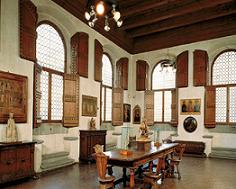
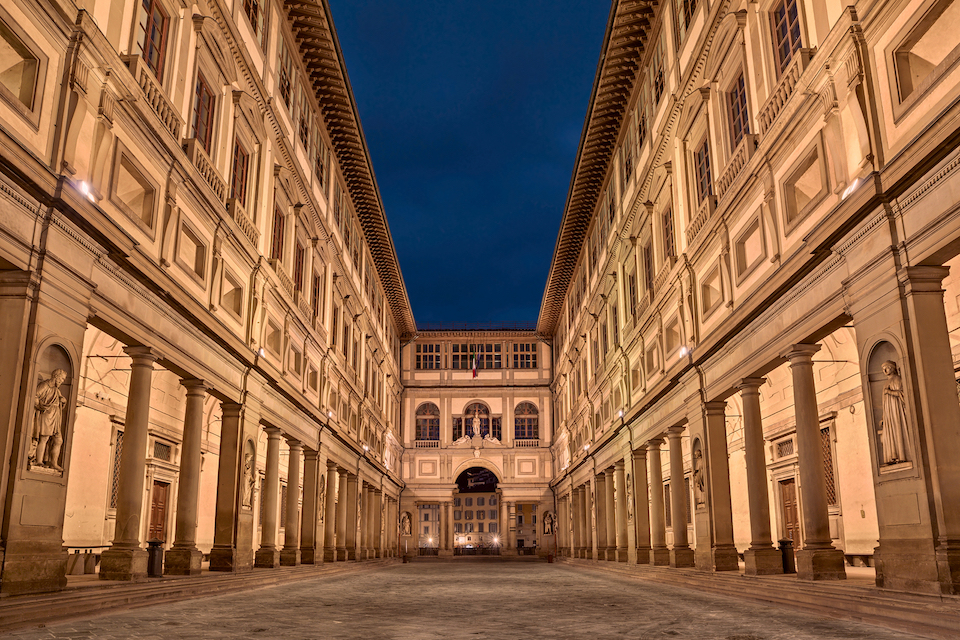



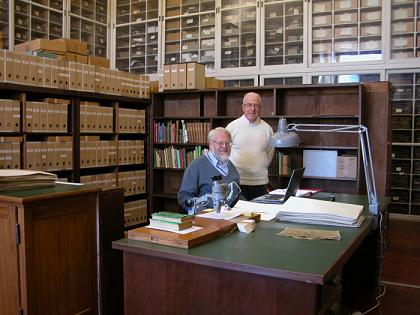
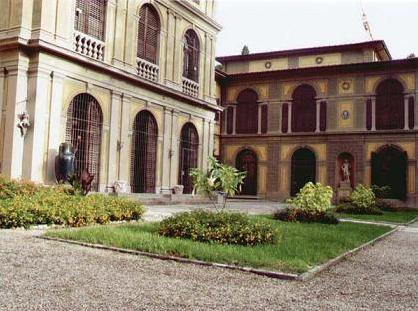
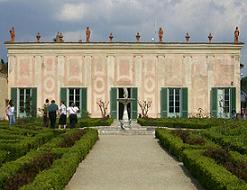
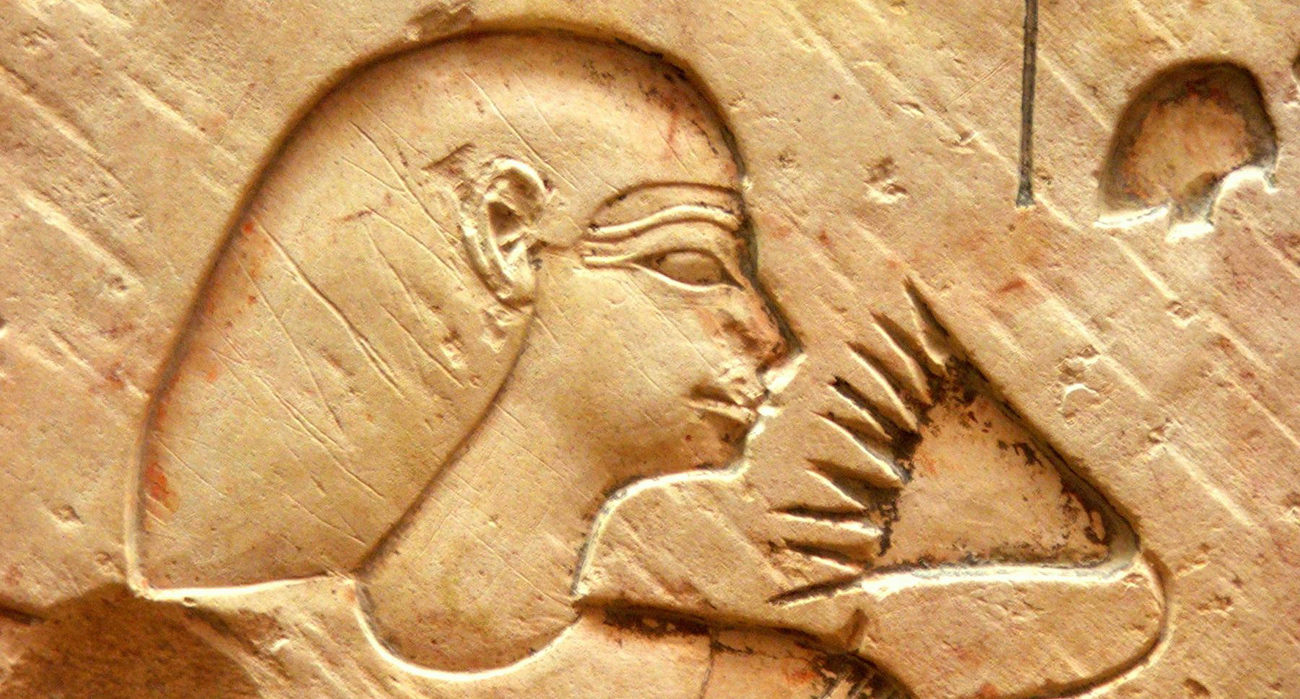
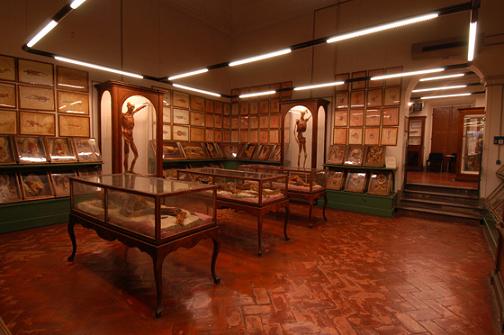
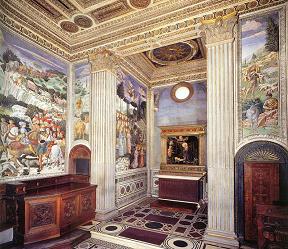
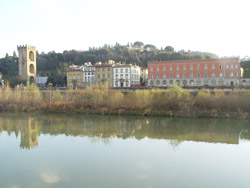
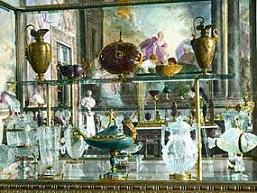

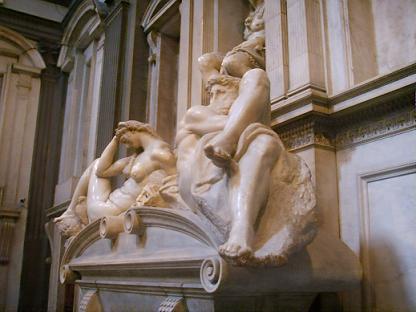
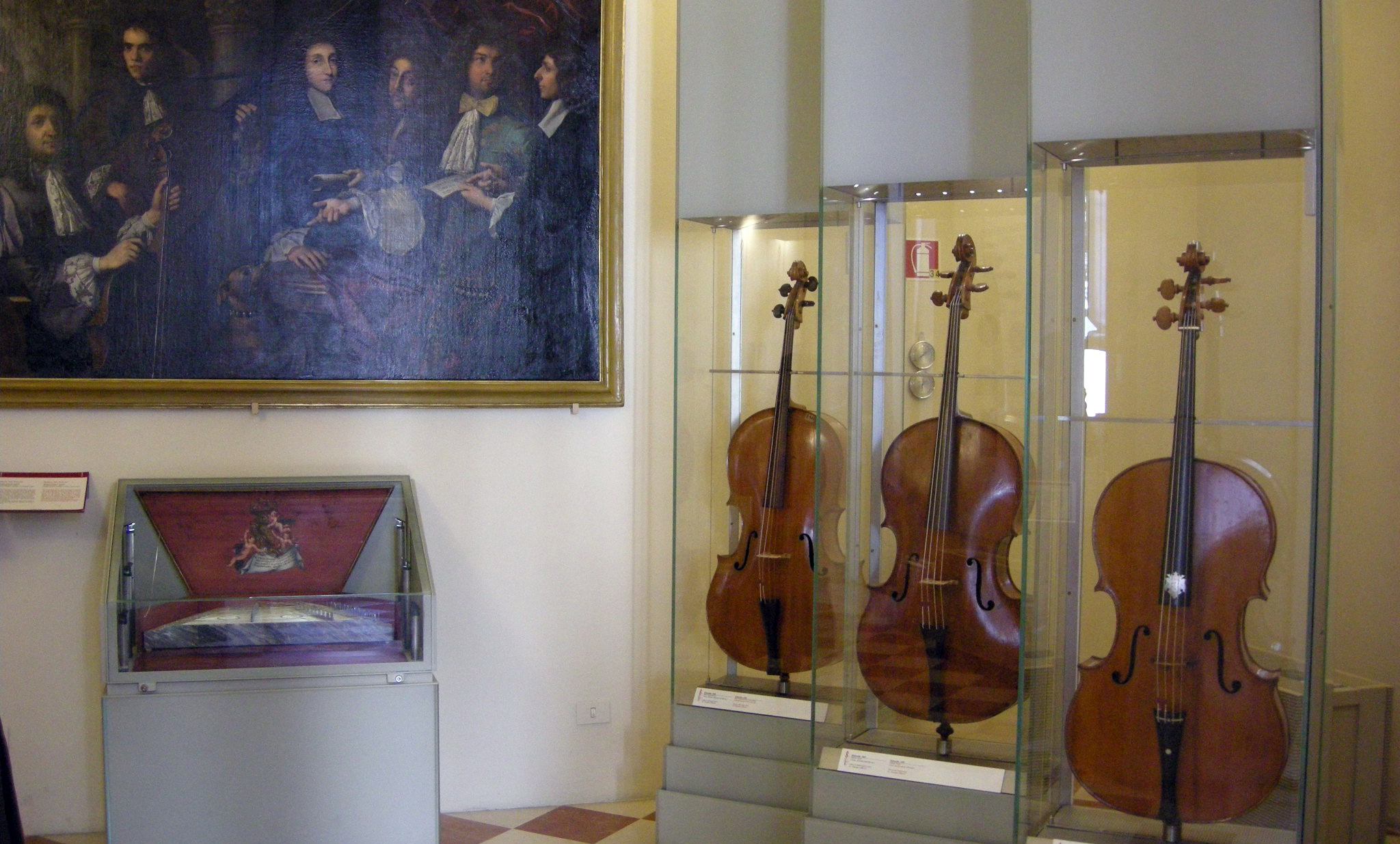
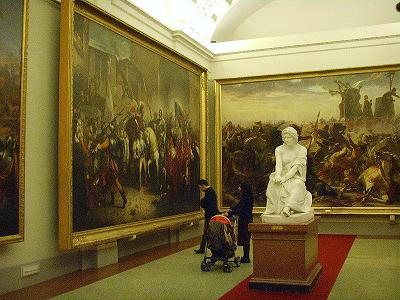

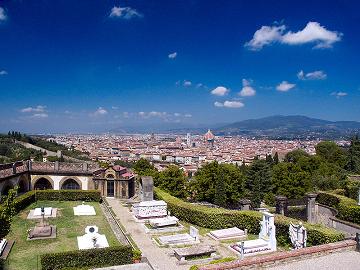

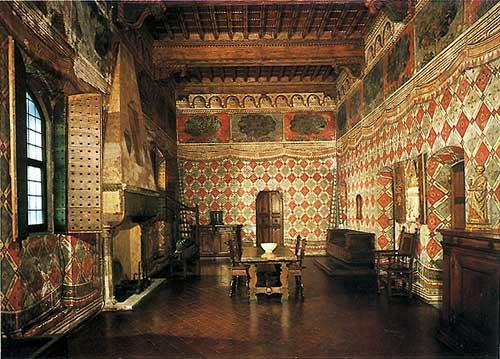
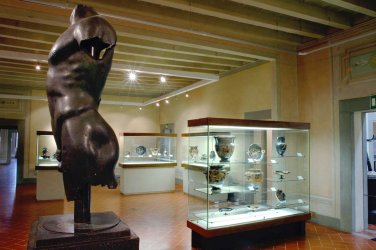
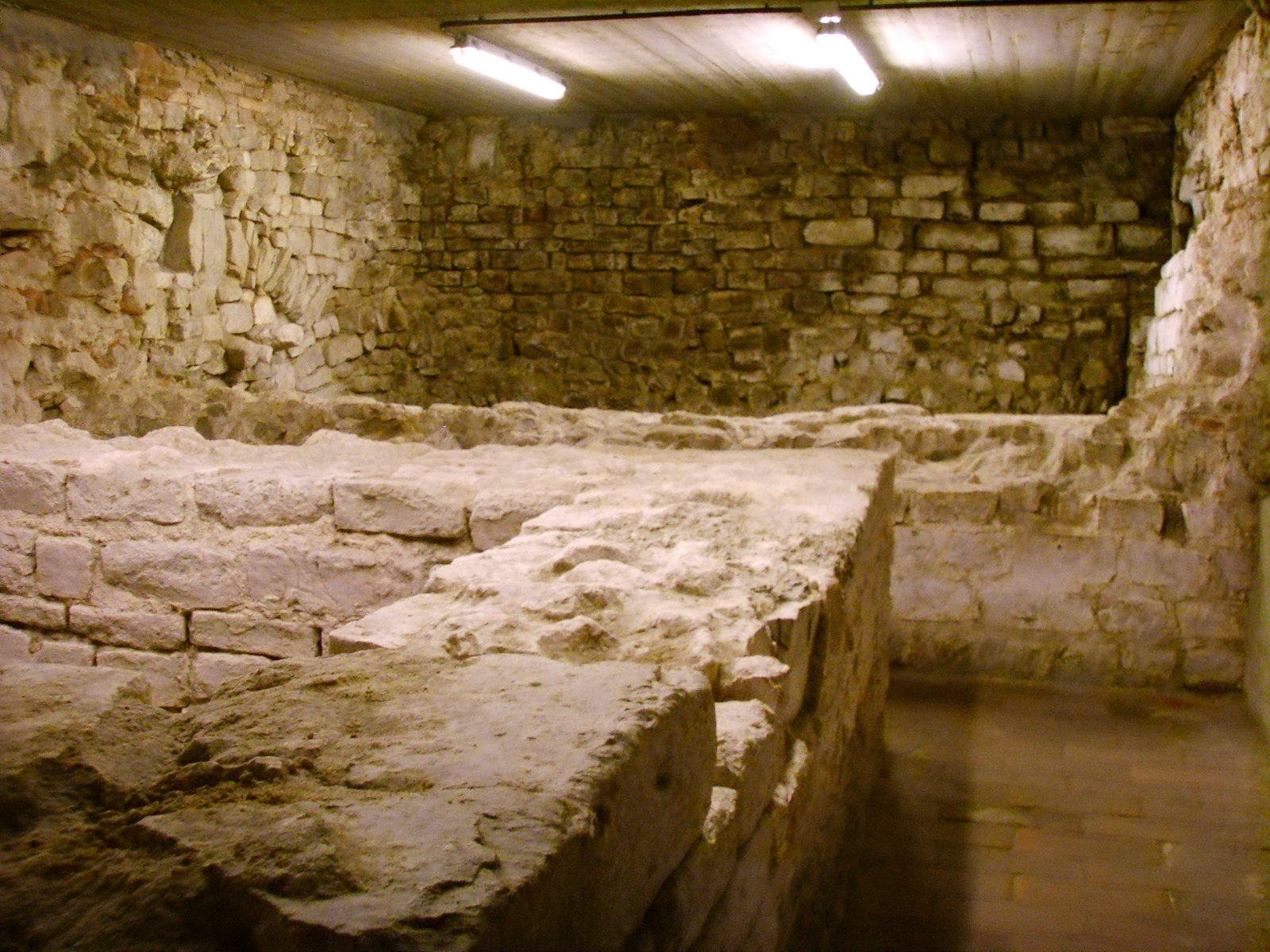
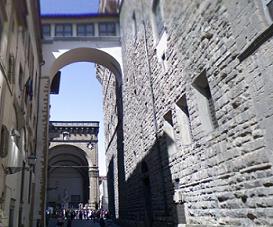
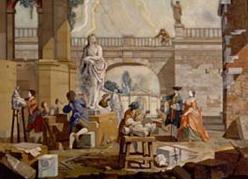
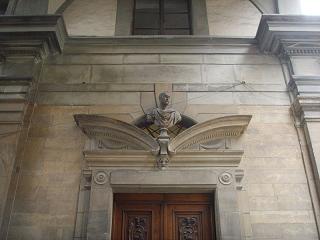
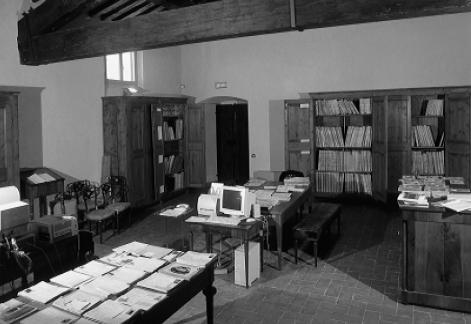

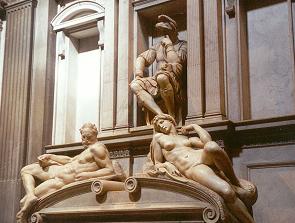
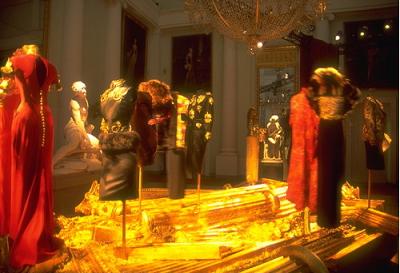
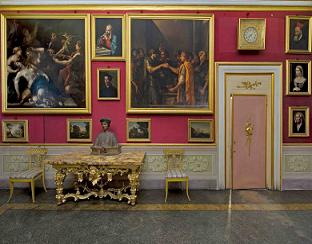
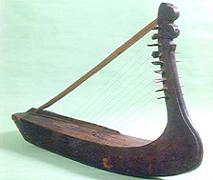


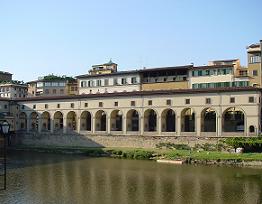
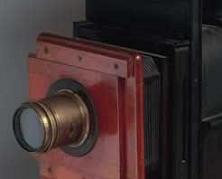
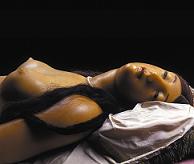
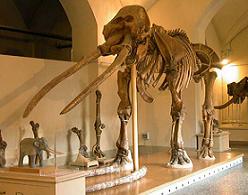
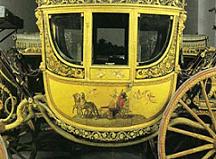
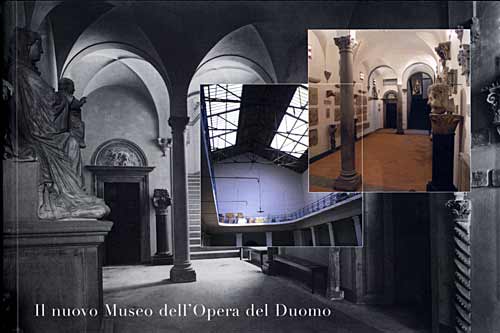
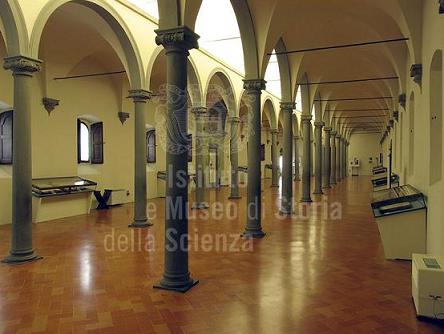
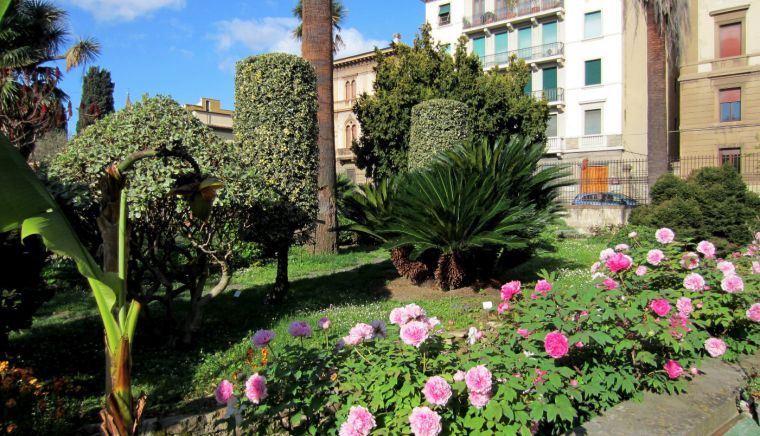
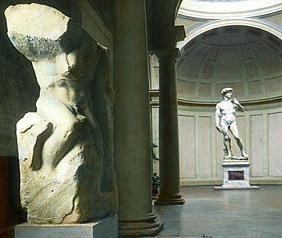

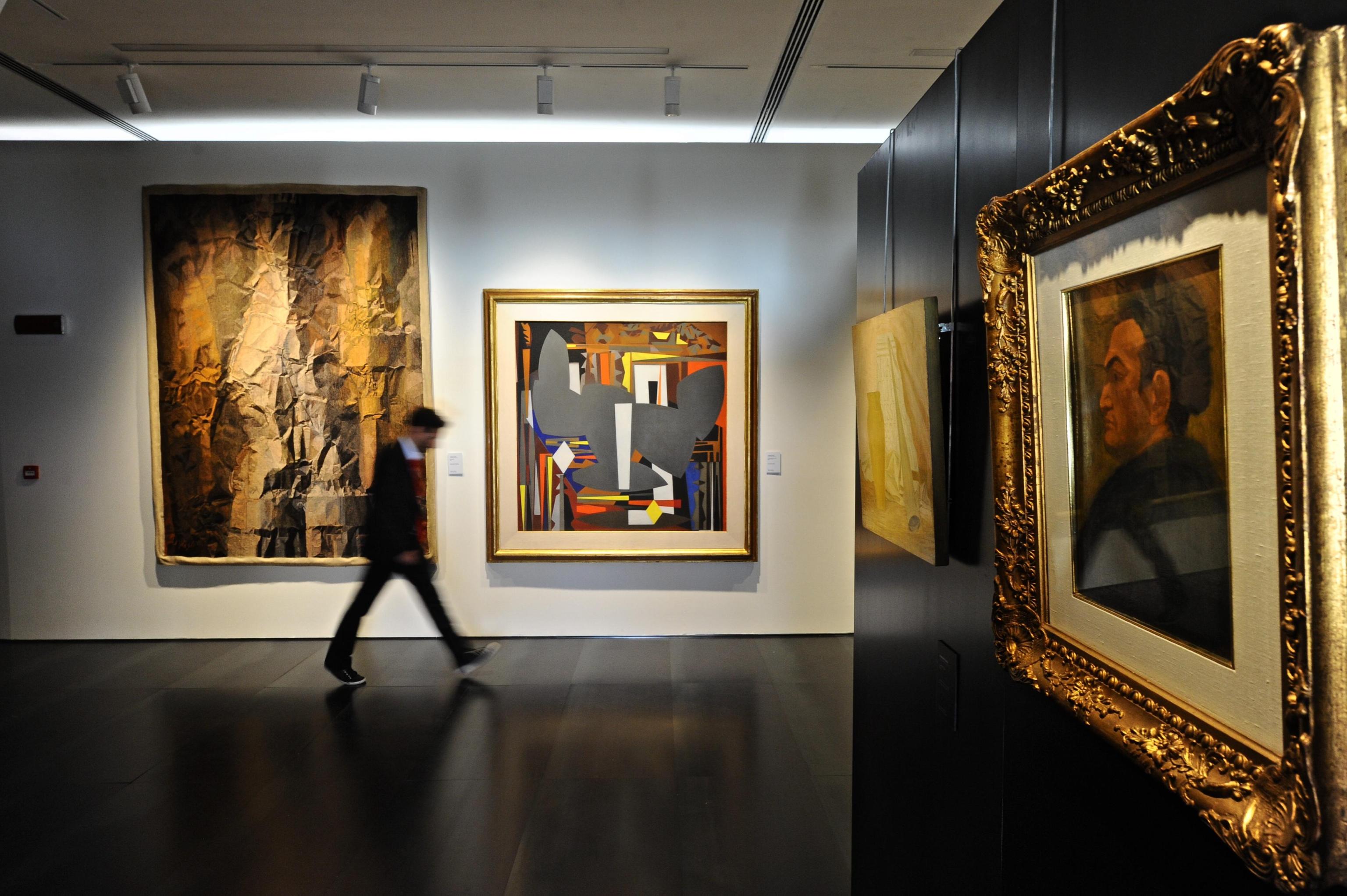
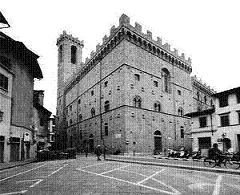
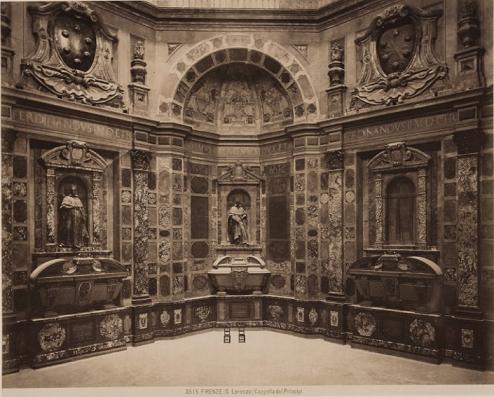
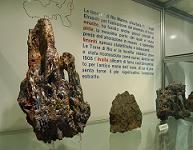
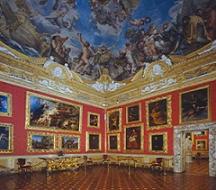
Kommentar